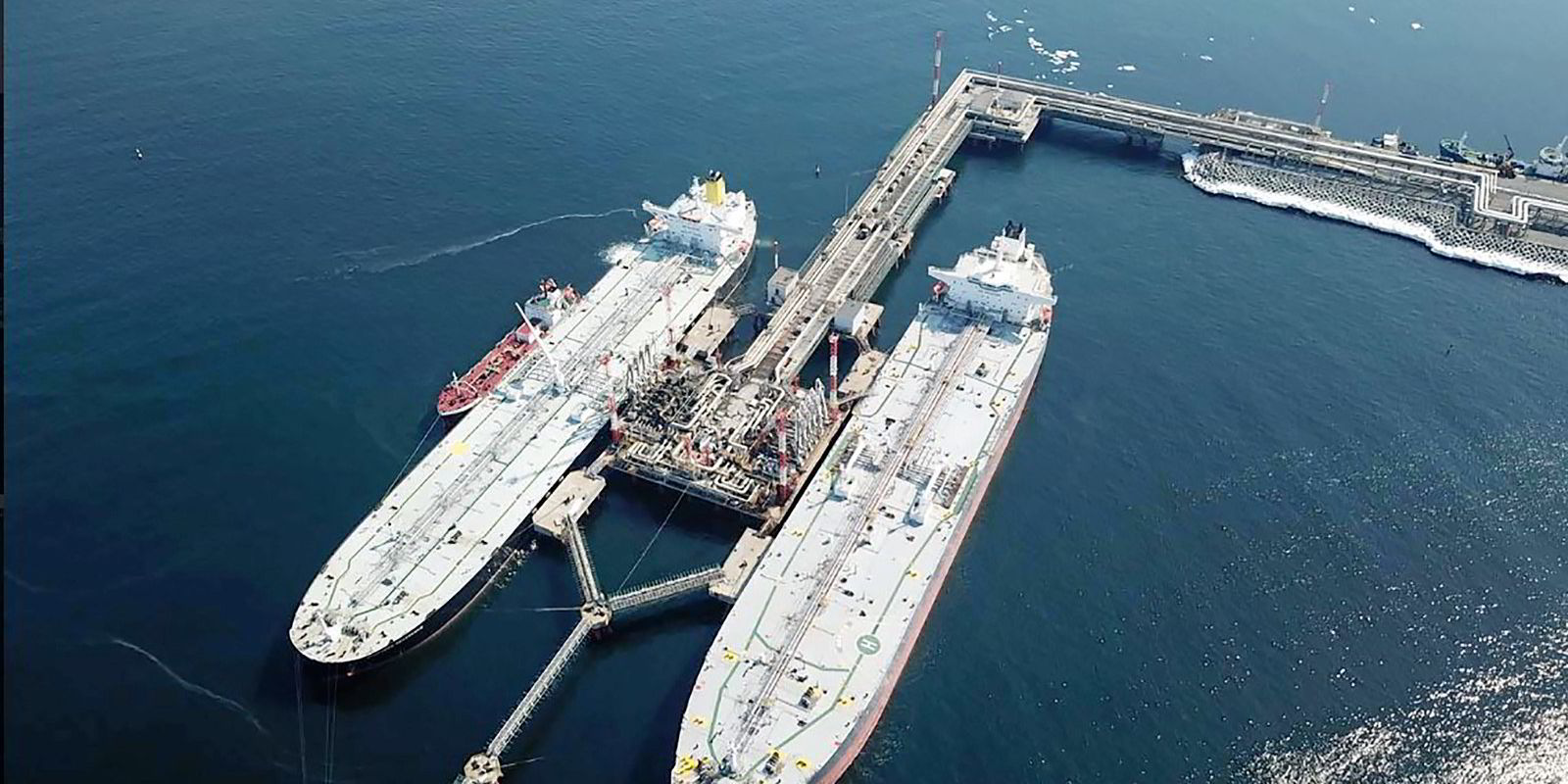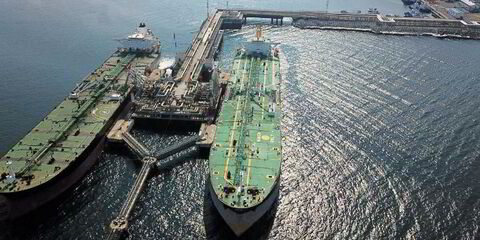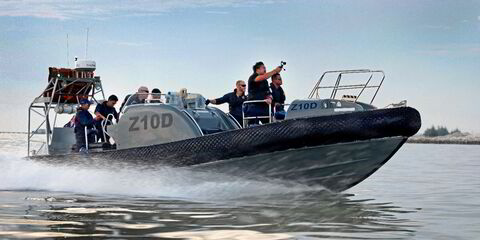The number of Greek tankers hauling Russian crude will drop sharply if global prices top $90 a barrel because of pressure on the oil price cap system, according to data analyst Kpler.
Greek-owned ships hauled about 40% of Russian crude and product exports in March, larger than any other group including Russian owners, according to its data.
European owners can carry Russian crude without breaching sanctions if the cargo is sold at less than $60 a barrel, under price cap rules imposed by the G7 group of nations in December last year.
The European Commission reportedly told member states last week that the price caps would not change for now because they were working to restrict Russian revenues.
But a surprise cut in production from May announced by some Opec+ nations, including Saudi Arabia and Russia, led to prices spiking to $85 which has in turn put pressure on price cap levels.
While Russian crude is trading at a discount to other grades, an increase in the price of Brent crude to $90 would likely force Greek ship owners to pull out of the trades to avoid hauling oil above the price caps, said Kpler senior freight analyst Matthew Wright.
That would allow a ‘grey fleet’ of vessels owned or insured outside of the European Union — and not subject to the sanctions — to take their place. The relative stability in crude prices since the start of the price cap in December has so far limited demand for the grey fleet.
“There are more than enough vessels to fill the gap left by the Greeks, so it’s not likely to be a bottleneck for exports but it will cause changes in the market,” said Wright.
“Firstly, Greek ships will need to look for employment elsewhere, depressing rates in non-Russian markets and secondly almost all Russian crude and products will be loaded on ships that may not have adequate insurance cover.
“This is of particular concern considering the number of STS operations involving Russian cargoes has risen significantly in the last year.”
A group of countries led by Spain, the US, Australia and Canada are pushing at the IMO for tighter regulations because of concerns at the increased risk of accidents from ship-to-ship transfers involving elderly tankers close to Greece and Spain.
The uptick in transfers is a result of trading patterns that has seen Russian oil travel further to markets in Asia and Latin America after Europe banned its barrels because of the invasion of Ukraine.
Grey fleet

Kpler identifies the ‘grey fleet’ differently from the ‘dark fleet’ of vessels, some newly purchased with opaque ownership structures, or have typically previously traded in sanctioned Iranian and Venezuelan oil before switching to Russian barrels.
Some have gone ‘dark’ by switching off AIS systems to hide the source of cargoes, but researchers say that tactic has been used more sparingly for Russian oil trades since the caps started.
The number of dark fleet vessels has been put at around 400 to more than 600 vessels by researchers, depending on definitions used.
S&P Global, which provides ship numbers for the International Maritime Organization, has estimated the total Russian dark fleet at 443 tankers as of the end of February. It identified a broader group of more than 1,900 vessels deemed at high or medium risk of breaching sanctions or the price cap.
Kpler said the firming prices presented the first real test for the caps for crude oil and the February twin caps of $100 and $45 for refined products.
The share of Russian crude hauled by Greek-owned vessels dropped to just 22% in the first month of the operation of the price cap, down from 50% before sanctions, said Kpler.
Since then, the proportion of EU-owned vessels has steadily increased as owners came to terms with the compliance rules.
The European Union has indicated that the next step of its sanctions programme would inlclude stepping up monitoring and enforcement of existing measures.
The latest Opec+ cuts have led to Brent crude currently trading at just below $85 a barrel after falling near to $70 last month. Kpler said it did not currently forecast prices going above $90.
But Rystad Energy last week predicted that the changes could push prices above $100 per barrel and keep them above that level for most of the rest of the year.




